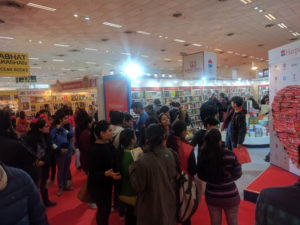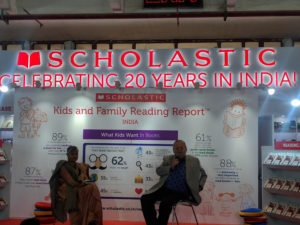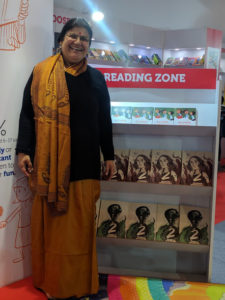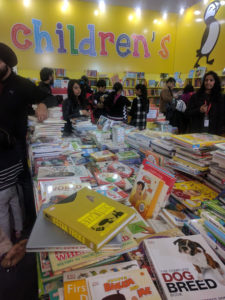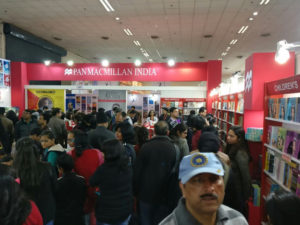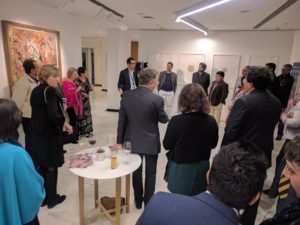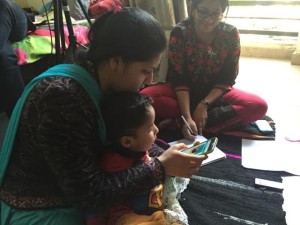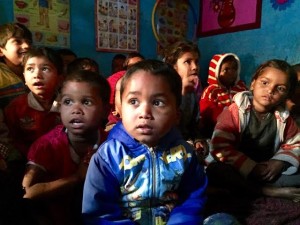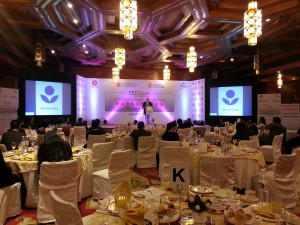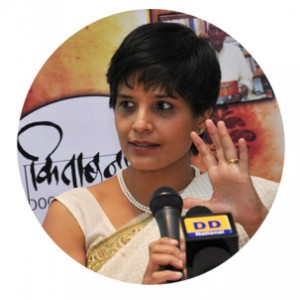National Book Promotion Policy: Where Are We?
The following article was based on a presentation I did at FICCI ( Federation of Indian Chambers of Commerce & Industry ) in 2011. The paper was published on BusinessWorld. The original link is here. I am also copy-pasting the text below.
****
The demand for books is being propelled by India’s 8.8 per cent growth in 2010 and the reading habits of the burgeoning Indian middle class. Publishers forecast India will be the biggest English language book-buying market in the world. Today, it is the third largest after the US and the UK; but ahead of major Asian competitors such as China and Japan. The good news is that India is poised on the cusp of a great educational revolution. Today, if one averages seven textbooks per literate student, the agencies of the Indian government print 1.8 billion books per year. Plus another two billion exercise notebooks. The downside however, is that more than seven million children in India drop out from schools. And all they need is a book. For that to happen, these books have to be created. In India, the government has made a commitment of $7.56 billion every year for a period of five years and has set aside $3.33 billion for 2010-11. Today, the demand drivers for education are based on the fact that it’s a young nation which has a population of 400 million between the age group of 5 to 24. Of this, 220 million attend schools and colleges. The “guesstimate” for the Indian book publishing is US$1.9 billion. Of this, educational books and higher educational books dominate 60 per cent of the market share. Some of the other prominent segments or lists are trade/fiction, business and dictionaries. There are 19,000 publishers in the country. Trade books account for 30 per cent of output by value (at Rs 4,200 crore), of which local publishing makes Rs 700 crore. Trade in English-language publishing-including fiction, non-fiction, and textbooks-is equivalent to Rs 9,800 crore of the total value of Rs 14,000 crore.
These are only some of the statistics that are being bandied about the Indian publishing industry. A publishing eco-system in any territory is vast and complicated. The verticals in it are not as clear as in any other industry, but this unique interdependence between different departments in a publishing firm is also its strength. Editors are dependent upon sales and marketing departments to keep them informed about reading trends in the market and bookstores and if there is any growing demand. Similarly, editors are able to commission and select manuscripts that not only cater to existing demands, but anticipate and predict future trends. In order to allow for such experiments to happen, editors and their publishing houses are dependent upon decisions like the recent Government of India’s draft National Book Promotion policy. Policies, such as these, help in creating and sustaining new markets which in turn, help in the growth of the industry.
For this first article in a series devoted to the publishing industry (domestic and international), its various aspects and the business thereof, I will focus on the National Book Promotion Policy. There are some good ideas enshrined in the policy that are bound to have a positive impact on the industry. For instance, strengthening the library movement; making books available for the differently-abled, women, children and in the rural areas; collecting authentic statistics about books and publishing; promotion of reading habit; fostering a translation programme; offering reasonable postal rates and elimination/reduction of duties and finally, capitalising upon technological changes.
In order to be effective and link publishers with the intended readership, there must be a census of the book industry in India, beginning with who is originating, to who is writing, and who is reading. If this is undertaken first, it will determine everything else. Equally, we need to study what our national institutions such as the National Library, NBT, NCERT, Raja Ram Mohun Roy Foundation, Sahitya Akademi etc. achieved in all these years. Similar initiatives like this have been implemented with a fair degree of success in countries such as Australia, Singapore and Canada. Australia has a grants system at national and state levels and they have proved very beneficial. Writers compete for grants under criteria that do not exclude emerging writers. In India, project grants awarded on merit and timelines (for the author) would greatly assist the development of works and writers.
The Canadian Council is one example of where this has been achieved successfully. I will quote (with permission) an excerpt from an e-mail that I received from Shauna Singh Baldwin. My experience with a great National Book Promotion Policy that works is the Canadian System. The Canada Council is an independent agency that makes grants to writers from tax money. I have served three times on the grant juries for writers, and found them fabulously objective. They have three grants — to emerging, mid-career and advanced writers. The Canada Council administers the Governor General’s prizes (like the Sahitya Akademi) for the past 75 years and having served on that jury in 2008 and read 137 novels submitted by publishers, I can tell you GG award money is hard won. The Canada Council also funds publishers and what is really important as an example to India: translators in other countries. For instance, my novels were published in Dutch by de Geuss in Holland under a grant from the Canada Council. The Canada Council pays for writers’ honorariums at readings – not a lot, but enough to promote the concept of respect for the artist. As you know, if you don’t pay for work, you won’t value it.
It is a combination of various kinds of initiatives that will strengthen the publishing eco-system in India and make it an integral part of the global publishing industry. Different aspects of this industry will be discussed in subsequent articles.
15 Jan 2021

